For the last 100 years around 500 species have completely disappeared from the space of earth probably due to human. These are some of the select few that today are mystery;
Bubal Hartebeest.
Extinction Date: 1923
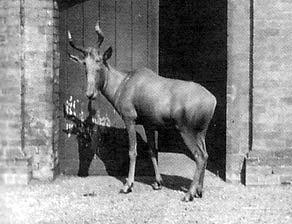
These animals roamed freely north of Sahara, specifically from Morocco to Egypt. When French came during partition and scrambling of Africa this was put to a sudden stop as French claimed most of the North and West Africa, they massacred them. Bubal Hartebeest finally found their habitat in mountains. More poaching ensued, roles played by both French and locals and finally this animal became officially extinct in 1923 when the last captive bubal hartebeest died in captivity in a Paris Zoo.
Dodo
Extinction Date: 1700s
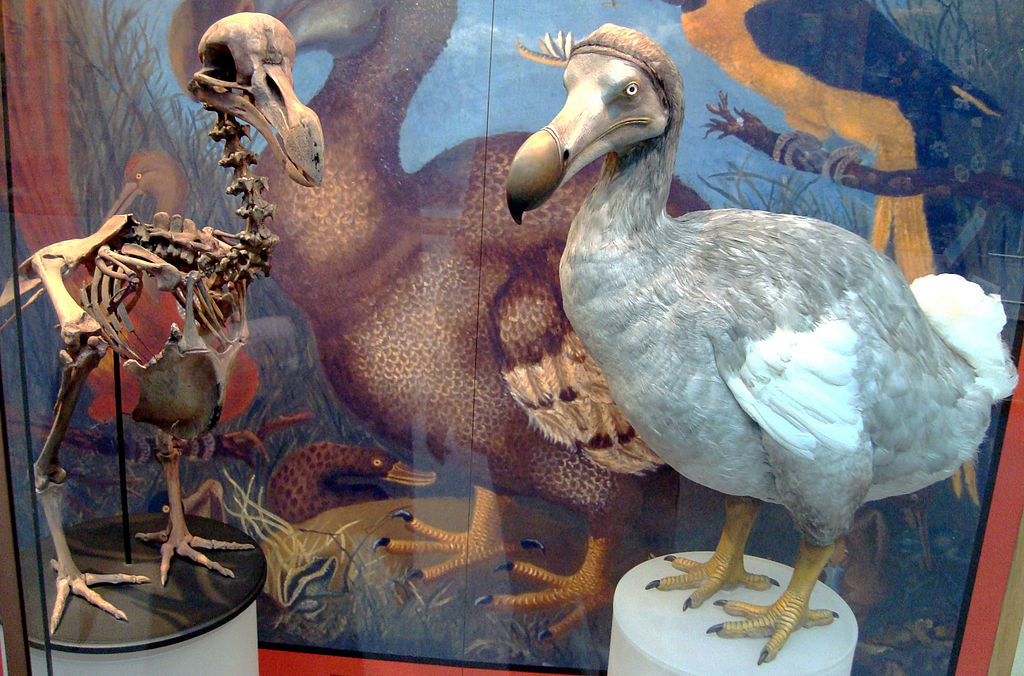
We were studying this poem, ‘Dodo is dead’ with the kids, they wanted to know who was that Dodo that he was so dumb, and we dug deeper who was Dodo, to the amusement of young learners he was not a human being, but a large flightless bird that was endemic to the island of Mauritius. It is one of the famous extinct animal in the world of for example poems and sayings. It was featured in the original illustrations of Alice in Wonderland. Human don’t take all blame for disappearance of this bird, natural selection also played a vital role in its disappearance.
Aurochs
Extinction Date: 1627
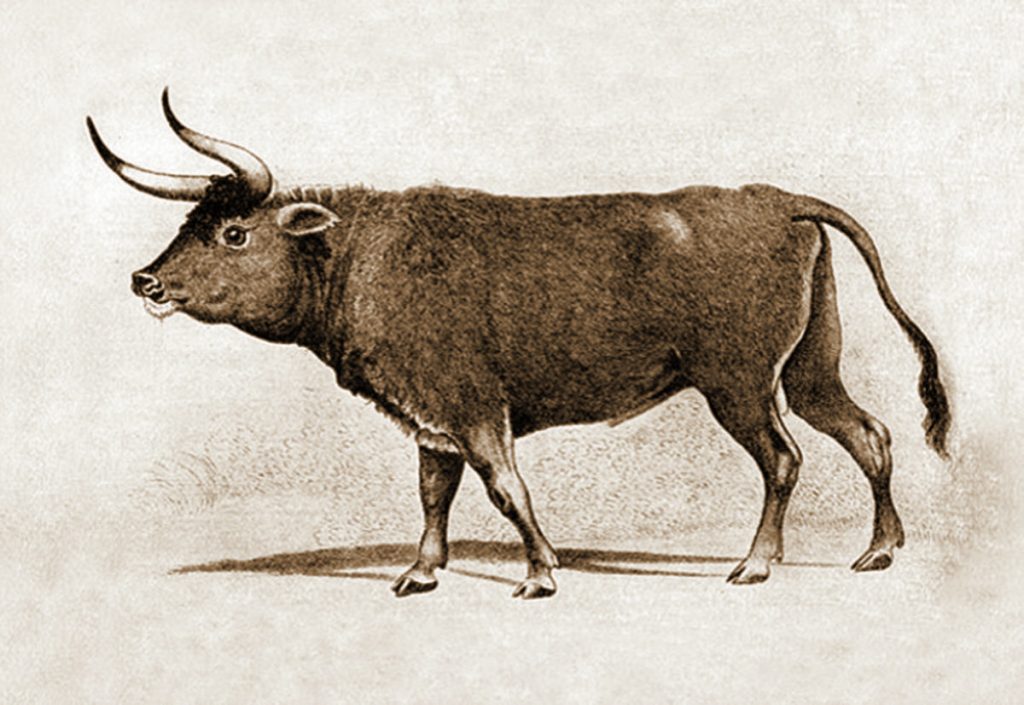
The aurochs were large cattle endemic to North Africa, Europe and Asia. These animals experienced heavy poaching and hunting, by 12th century, they were already scarce. At some point it became illegal poaching them, which was death penalty for whoever participated in poaching them. However, this didn’t stop them from becoming extinct. The official reason behind their extinctions was lost of habitats, hunting and diseases from domestic animals.
Atlas Bear
Extinction Date: 1800s
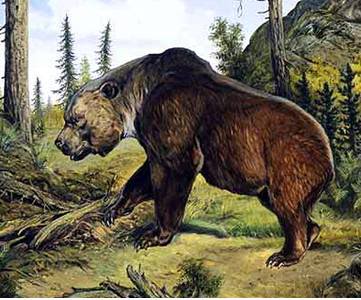
Africa had bear known as Atlas Bear, which was only the native bear to have survived in Africa. These bears lived in the Atlas Mountains as the name suggest. The extinctions was achieved once modern firearms find their ways in Africa. Roman empire contributed much to their disappearance when they hunted them extensively.
Elephant Bird
Extinction Date: 1600s
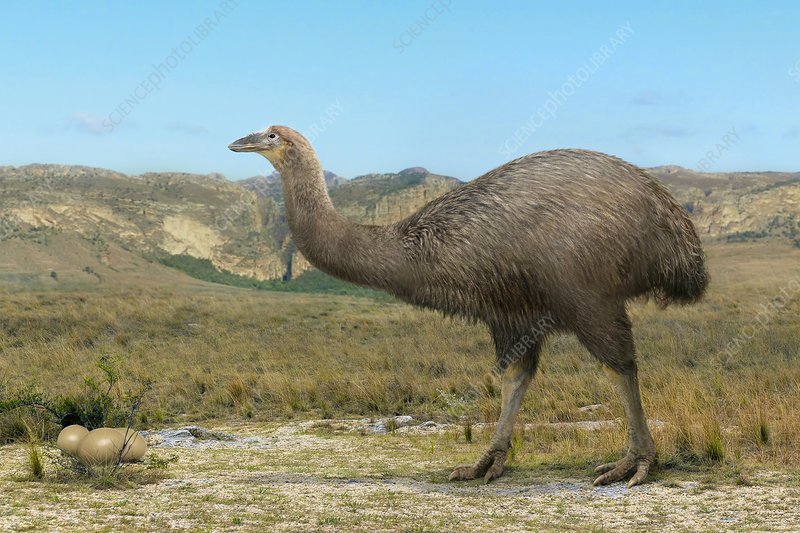
The elephant bird or aepyornis, was a flightless bird that was endemic to Madagascar. It weighed up to 400 kg and measured up to 9.8 ft( 3m) in height. Its egg was 160 times larger than that of chicken, this was the reason why people relied on them for food. This only reason made them to disappear from the face of the earth.
Cape Lion
Extinction Date: 1850s
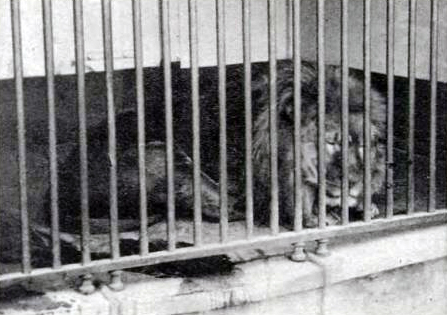
This animal was made to disappear by human through hunting. Cape Lion was subspecies of lion characterized by black mane. Decades ago people believed that there was some descendants of these lions left, but no one ever set an eye on them. The King is forever gone unfortunately.
Western Black Rhinoceros
Extinction Date: 2006
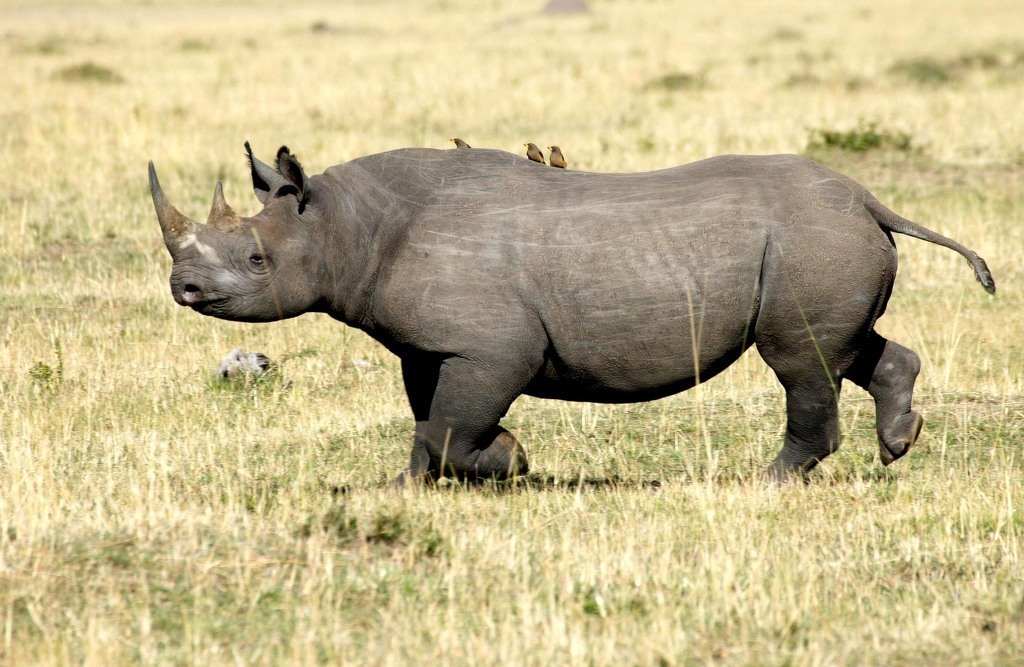
The Western Black Rhino was a subspecies of the black rhino which was mainly endemic to West Africa, with them disappearing due to hunting, poaching and human encroachments the last population was living in Cameroon. The reason behind the disappearance of this creature with no known natural hunter, is of course human being, who hunted them for their horns with false beliefs that they posses healing powers.
Quagga
Extinction Date: 1883
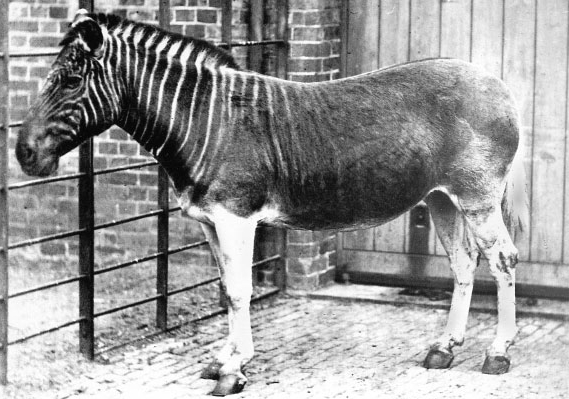
The Quagga was a sub-species of Zebra that roamed freely in southern Africa. With Dutch arriving in South Africa for settlements, the quagga was heavily hunted, some of their specimens were taken to European zoos to breed them which was unsuccessful. The last quagga died in 1883 in a zoo in Amsterdam. This animal, when became extinct its DNA was analyzed which revealed information about its close relatives.
Northern White Rhino male
Extinction Date: 2018
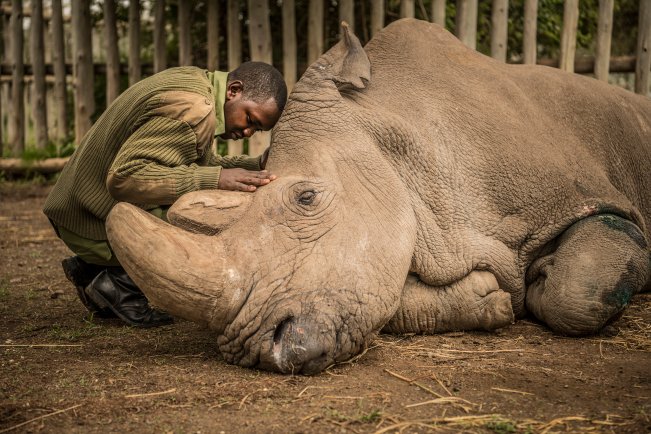
Ami Vitale—National Geographic Creative
For animals to be declared extinct as recently as 2018, with the technologies that exist and so called modern civilizations, it tells you the animals listed in the list of endangered animals might as well become a past tense in the coming near future and its tragic. The long story of Sudan was that he was living in Dvůr Králové Zoo in Czech Republic from 1975 to 2009 when he spent the rest of his life in the Ol Pejeta Conservancy in Laikipia, Kenya. He was the only known male Northern white Rhino that existed at the time of his death. Sudan died due to age related complications. Sudan left behind his daughter Najin and granddaughter Fatu who also lives in Ol Pejeta. These are officially the only left northern white rhinoceroses.
s











